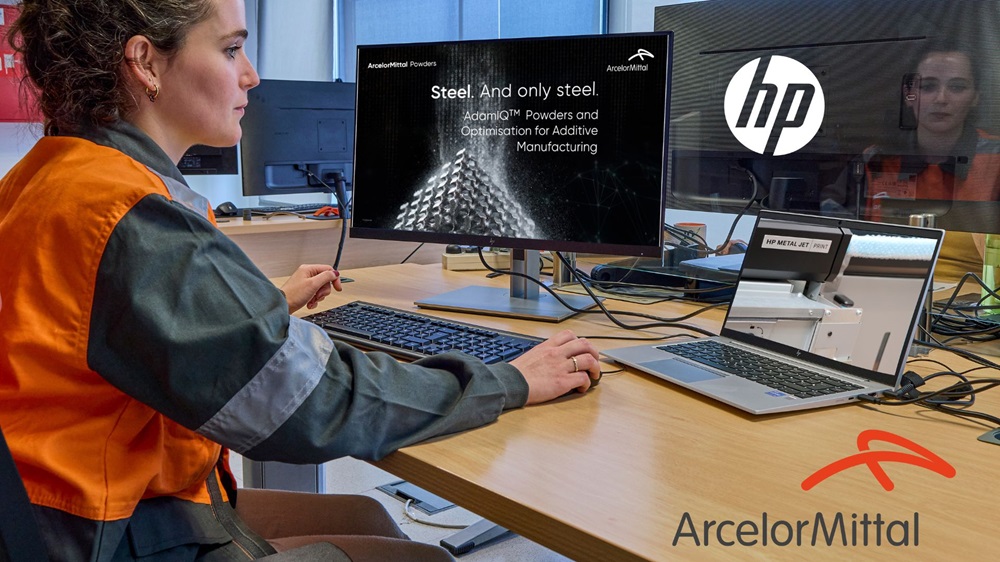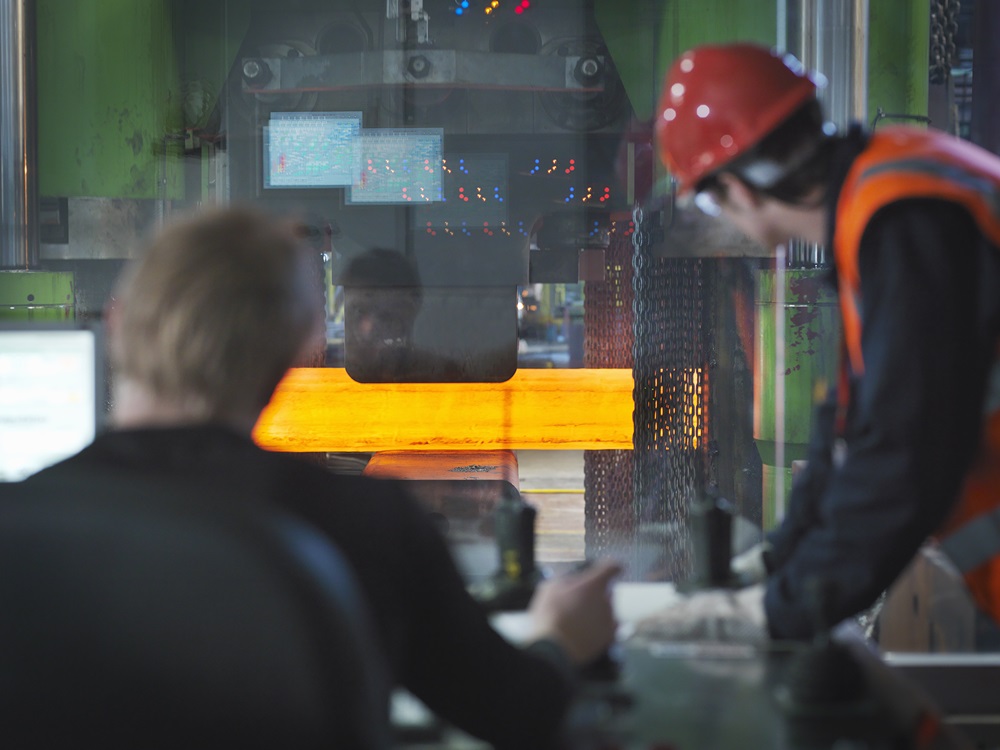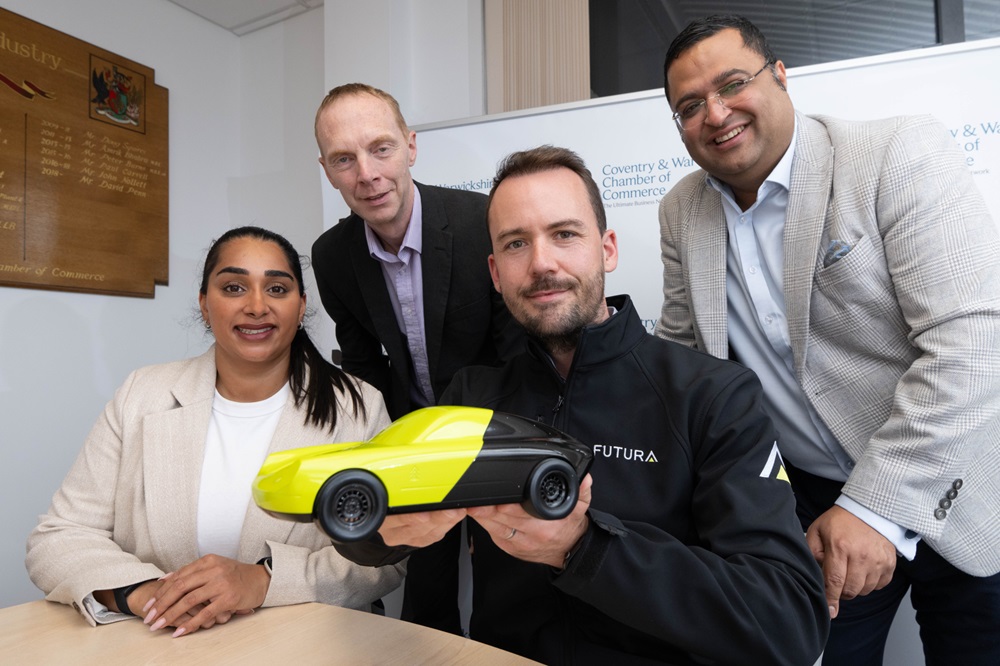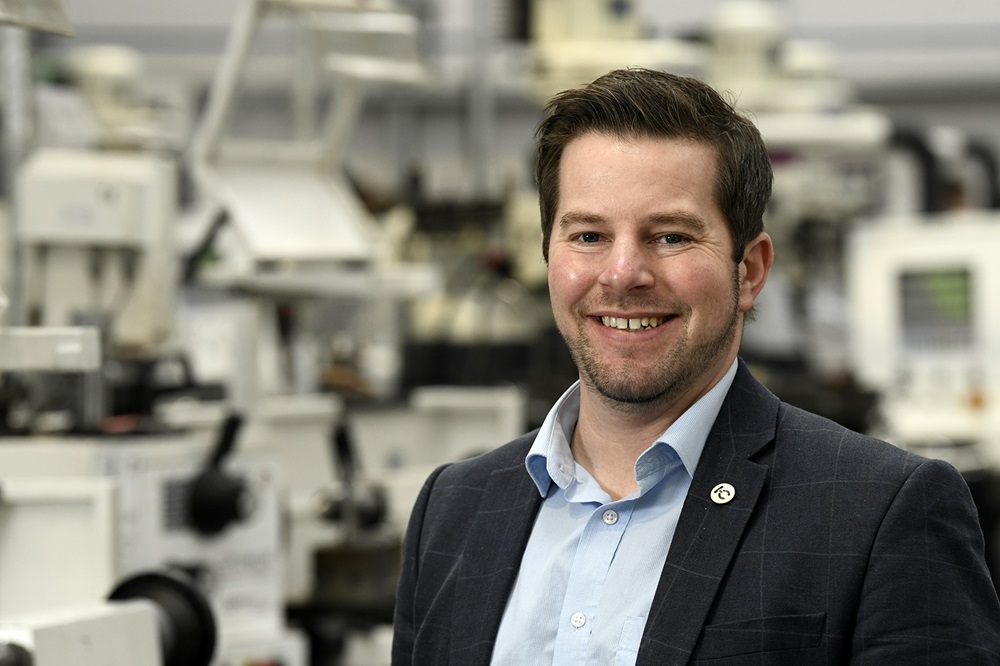ArcelorMittal, a global specialist in sustainable steel solutions, and HP, a printing company with expertise in additive manufacturing, are entering a strategic collaboration to advance the field of steel additive manufacturing. ArcelorMittal acknowledges HP’s technical expertise by selecting its Metal Jet S100 technology to develop the additive manufacturing of steel components. HP credits ArcelorMittal with promising results using its steel powders, demonstrating robustness for binder jetting technology. The collaboration will focus on the lowering cost per part and extending the available material options.
More information https://corporate.arcelormittal.com/



















